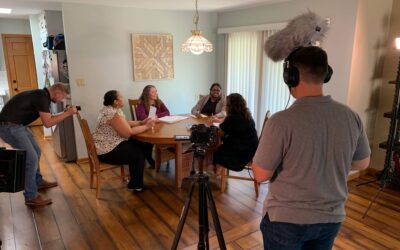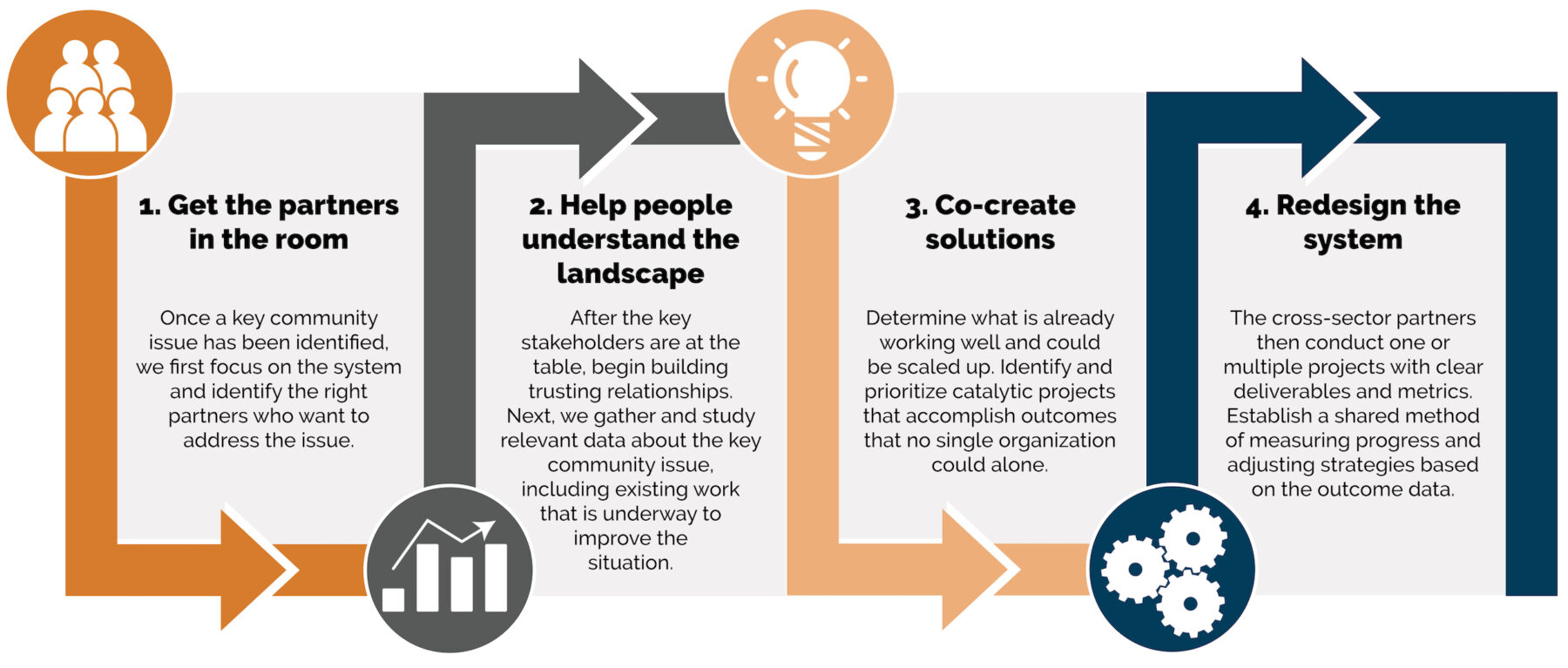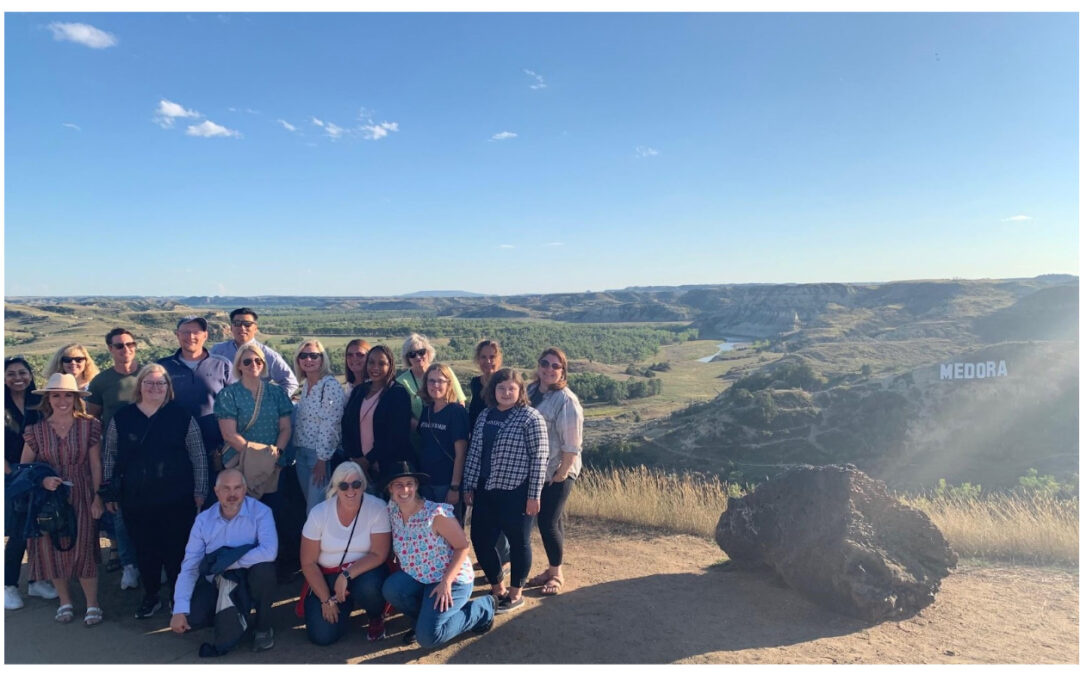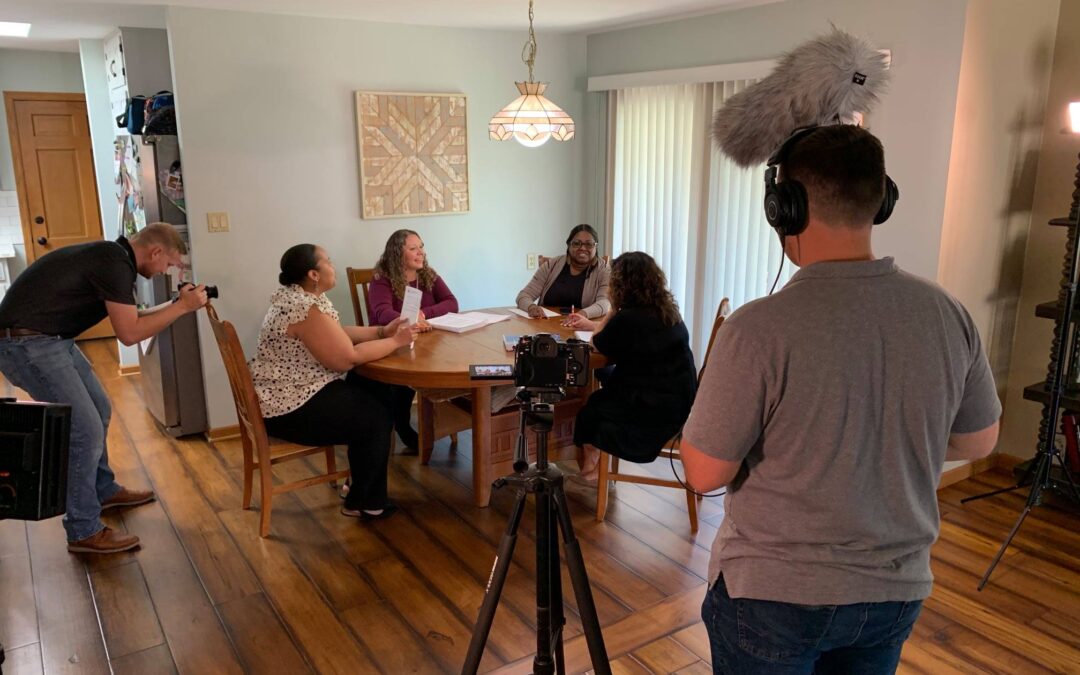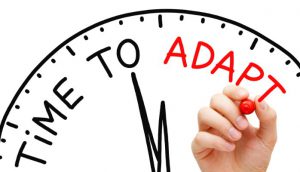
In January, we kicked off our Exercise Your Impact campaign. Throughout 2019, we’ve been sharing tools and resources highlighting the critical phases of organizational planning. During Quarter 2, we are focusing on program development. An important aspect of program development is knowing when to redesign an existing program.
Too often, organizations “rate on “auto-pilot” and keep running their programs like they’ve always done it. Programs can start to feel stagnant or stuck in a rut, but the effort to make a significant programmatic change can keep programs in this place. Staying on auto-pilot can cause staff to feel overworked and stressed, especially if a program is not having the desired impact. Instead of forcing an ineffective program forward, it may be time to pause, reflect, and redesign it.
In a previous blog post, we provided a few tips on how to know when it is time to redesign a program. For example, we suggest you reflect on the following three questions:
- Are we making the impact we hoped to make?
- Is our program aligned with the latest research?
- Does our program meet the needs of the target population?
1. Engage Stakeholders
A key part of the redesign process is the engagement of stakeholders, including staff. This is an excellent opportunity to talk to staff at all levels involved with a program for their feedback on what is and is not working. Including staff in this collaborative process reinvigorates and creates a renewed sense of purpose.
It’s important to also engage other stakeholders impacted by or interacting with your program. For example, in their previous program evaluation, La Plaza collected stakeholder feedback from students, parents, school partners, and funders. This information was crucial during the redesign process.
 2. Identify and Engage Key Partners
2. Identify and Engage Key Partners
Redesigning a program is challenging. It is time-intensive and may require bringing in experts, depending on the subject matter. La Plaza identified partners to help them accomplish their new goals and realize their vision. Their key partners included TCG to help design a new curriculum based on best practice research and a philanthropic partner to fund the project.
3. Pilot the Program
Once you redesign your program, piloting it on a small scale is helpful. This allows you to catch potential problems and fix them before full implementation. Piloting a program can also help test the efficacy of the redesigned program. By piloting the program with a smaller target population, you mitigate the risk of overstretching your staff.
When launching their redesigned Tu Futuro program’s first year, La Plaza partnered with one local high school. While they will expand to more schools in the future, this pilot period allowed staff to learn and successfully implement the new curriculum and form deeper relationships with students.
We know that redesigning a program is a daunting task that can disrupt your day to day operations. If you want help assessing your current program or beginning the process of a redesign, contact us today. We would love to learn more about your programming goals to see how we could support you!

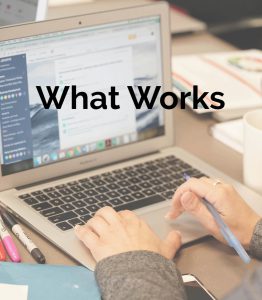 2. Identify and Engage Key Partners
2. Identify and Engage Key Partners